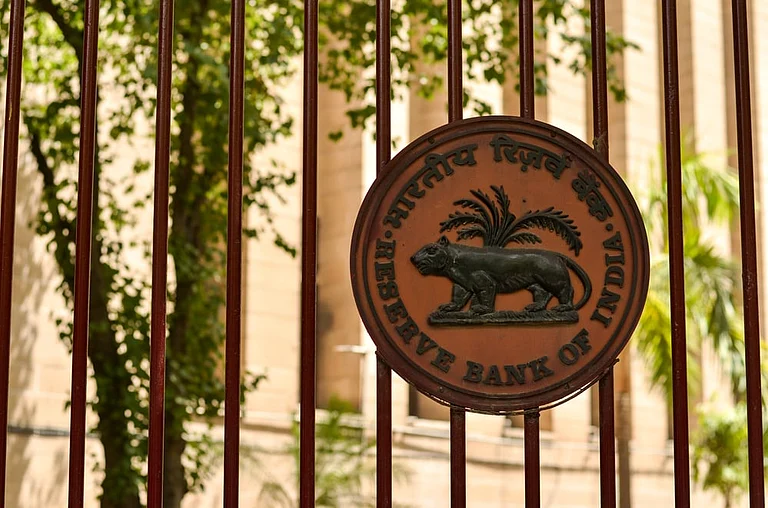Now, this article will be making some assumptions. One being that you have invested early and regularly. The other being that you had a plan towards your retirement and that you have allocated for your other responsibilities adequately by now.
The first thing that the investor must do at this stage is to begin to wrap up the financial liabilities. The other thing is to shift the asset allocation gears from moderate to conservative. Investors at this stage usually have a low risk appetite, and they must. The gradually built corpus needs to be protected at this stage from market vagaries.
So for this reason, the pre-retirement stage is the time to gradually move the corpus into fixed income funds. But please ensure that there is a prudent allocation; because over-conservatism may lead to opportunity loss if the equities funds perform well. This allocation ratio finally depends on the individual risk appetite, which may vary.
The other thing to prepare for—an income plan, post retirement. While many suggest annuities, I suggest that you begin to accumulate bulk of the corpus (80 per cent) in a well-managed accrual, short term and ultra short term debt fund, three years well in advance to the retirement date.
By the time you approach your date of retirement, most of your investments would be away from equity market volatility. They would be accruing returns regularly and at an expected rate. And yet the marginal component of your corpus would still be exposed to the growth potential of the equity market. Howsoever, even if the equities provide negative return in that three year period, the accruals from debt funds would have covered up the loss by then.
And, if the equities would have performed well in that time frame, in that case your 20 per cent equity corpus would also increase significantly. Nevertheless, your moderate equity exposure would also help in the long run, and allow for parallel growth in capital for your long retirement years.
But most importantly, the returns from these debt fund investments by the date of retirement would invite the indexation benefit of the long term capital gains tax. Thus, post retirement, if the investor chooses not to work and only rely on the investments, then in that case, the Systematic Withdrawal Plan (SWP) from the debt funds can be made to act as the provider of tax efficient monthly income. If the invested corpus is sufficient, and the withdrawal option is calculated well, such an income will not only last the lifetime of the investor, but can also leave behind an even larger corpus for the nominees of the investor.
The other things that the investors must plan for at this stage are the long term medical expenses. Thus, adequate medical insurance protection must be aimed for. To conclude, an investor needs to have a plan, stick to it, allocate wisely, and stay disciplined.
Lakshmi Iyer is Chief Investment Officer (Debt) & Head Products, Kotak Mutual Fund













